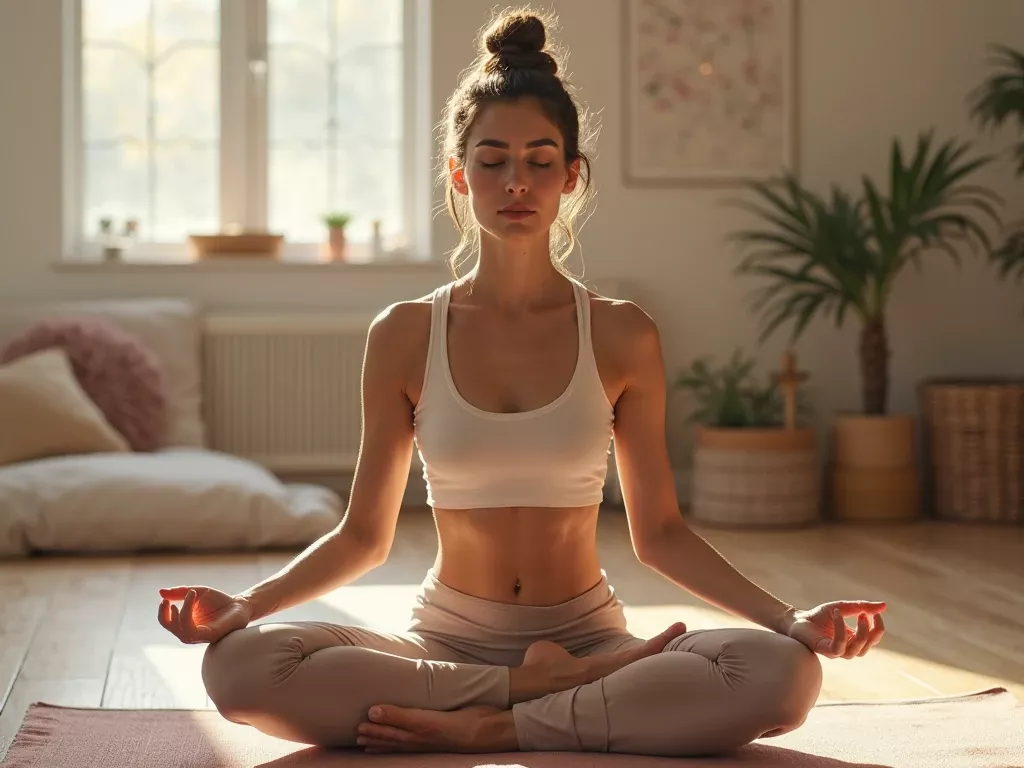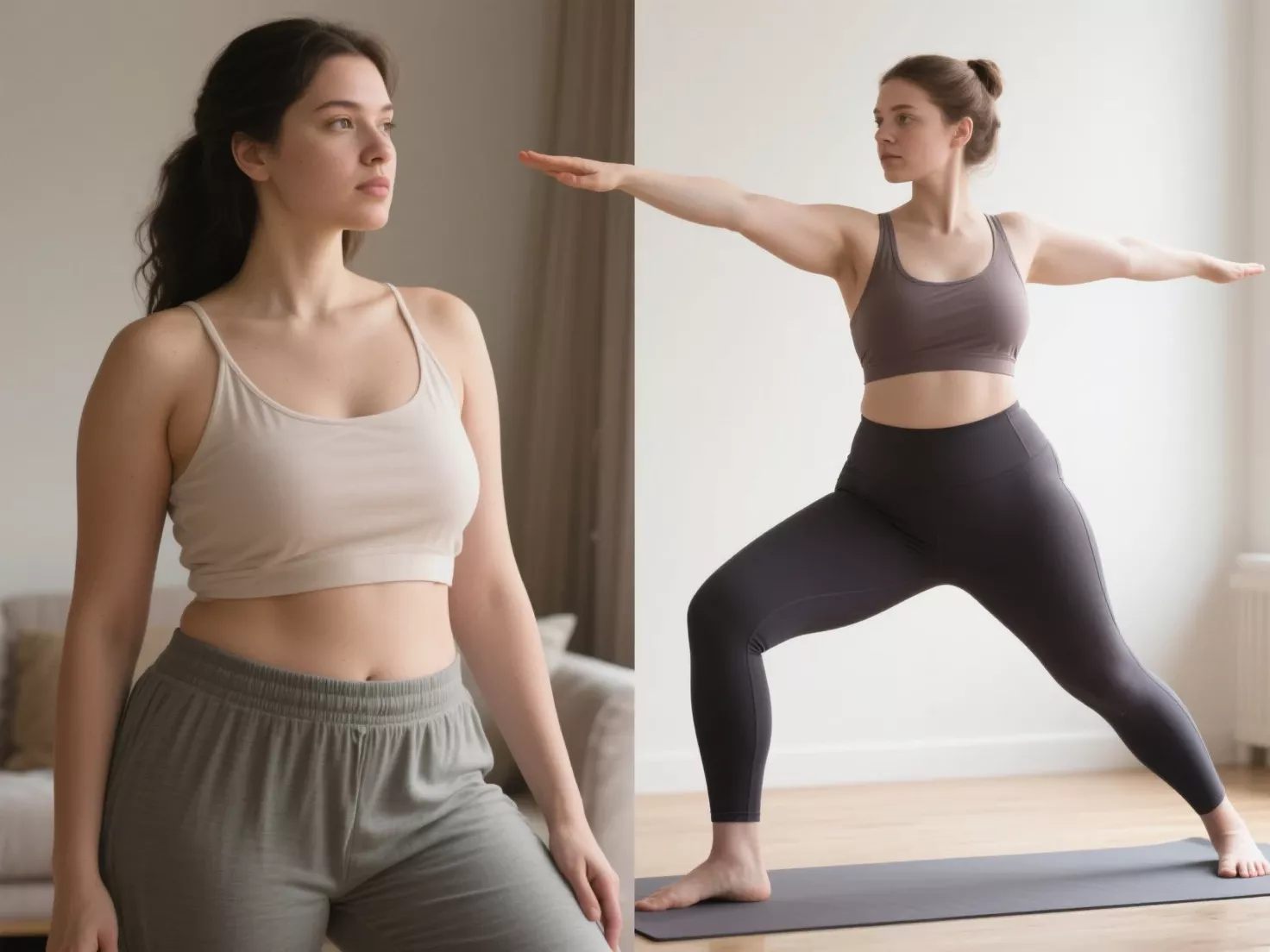Throat breathing most commonly refers to a specific yogic breathing technique called Ujjayi Pranayama — also known as “victorious breath” or “ocean breath.”
It is a powerful breathing practice used in yoga and meditation to regulate the breath, focus the mind, and energize the body.
This technique involves slightly constricting the throat (specifically the glottis) while breathing through the nose, producing a soft, audible sound that resembles ocean waves, gentle snoring, or even Darth Vader’s breath.

Let’s explore what throat breathing is, how to do it, its benefits, and how it fits into yoga and mindfulness practice.
🧘♂️ What Is Ujjayi (Throat) Breathing?
The word Ujjayi comes from Sanskrit:
-
“Ud” means “upward” or “expanding”
-
“Jaya” means “victory” or “success”
Together, Ujjayi breath is often translated as “victorious breath” — a breathing method that encourages control, clarity, and vitality.
Key Characteristics:
-
Breathing through the nose only
-
Constriction of the glottis (the opening between the vocal cords)
-
Audible breath sound created in the throat
-
Slow, smooth, and rhythmic inhale and exhale
-
Used during yoga postures or in seated meditation
🔍 How to Do Throat Breathing (Step-by-Step)
Step 1: Sit comfortably with a straight spine or lie down on your back.
Step 2: Close your mouth and breathe in and out through your nose only.
Step 3: Slightly contract your throat muscles, as if fogging up a mirror (but with your mouth closed). You should hear a soft hissing or whisper-like sound in both inhale and exhale.
Step 4: Keep the breath slow, even, and smooth. The inhale and exhale should last the same amount of time.
Step 5: Maintain a steady rhythm and gentle sound for 5–10 minutes. If practicing during yoga poses, sync your breath with your movements.
🎧 Tip: You should be able to hear your breath, but it shouldn’t feel forced or strained. The sound anchors your awareness and helps keep the breath deep and conscious.
🌬️ What Does Ujjayi Breathing Feel Like?
-
Audible and grounding: You can hear and feel your breath move like ocean waves.
-
Warming: Generates inner heat, which helps loosen tight muscles.
-
Centering: Keeps you focused during asana practice or meditation.
-
Soothing: The breath sound calms the nervous system and reduces anxiety.
🧠 Benefits of Throat Breathing
| Benefit | How It Helps |
|---|---|
| Improves focus and mindfulness | The sound of the breath acts like a mantra, keeping your mind steady |
| Balances energy | Energizes or calms the body depending on your intention |
| Supports breath control | Lengthens and regulates inhales and exhales |
| Cleanses the lungs | Strengthens the diaphragm and clears respiratory pathways |
| Generates internal heat | Prepares muscles and joints during yoga (especially in Vinyasa) |
| Reduces stress | Lowers heart rate, relaxes the mind, and improves mood |
🔬 Studies on pranayama, including Ujjayi, show improved vagal tone, reduced anxiety, and better autonomic nervous system balance.
🤔 When to Use Throat Breathing
| Practice | How Ujjayi Helps |
|---|---|
| Vinyasa or Ashtanga Yoga | Matches breath with movement, builds endurance |
| Restorative Yoga | Deepens relaxation and extends exhalation |
| Meditation | Anchors the mind to a physical sound (the breath) |
| Stressful moments | Regulates breath and soothes the nervous system |
| During stretching | Helps maintain a calm, steady rhythm of movement |
⚠️ Cautions and Contraindications
While throat breathing is generally safe, it may not be suitable if you:
-
Have throat irritation, a sore throat, or recent respiratory infection
-
Feel dizziness or lightheadedness while breathing deeply
-
Force the breath unnaturally — always stay gentle and controlled
If you’re new to breathwork, start slowly (2–5 minutes) and build your practice over time.
🧘 Closing Thoughts
Throat breathing, or Ujjayi pranayama, is a foundational breath control technique in yoga that connects body, mind, and breath through sound and sensation.
Whether you’re on the mat flowing through poses or sitting in quiet meditation, this technique can anchor your awareness, increase your energy, or gently lead you toward calm and stillness.
“When the breath wanders, the mind is unsteady. But when the breath is calm, so is the mind.” – Hatha Yoga Pradipika



